Club Drug Addiction
Ready to Take the Next Step?
We are Ready to Help, Call Now!
Turning Point of Tampa has helped thousands find recovery. As an in-network facility, we are able and committed to helping you find the life you deserve.
Club Drug Addiction
Many club drugs are odorless, flavorless, and colorless; in other words, often impossible to detect. As a result, club drugs are frequently linked to sexual assault crimes where individuals use these undetected drugs to sedate others.
Common club drugs may include:
- Ecstasy (MDMA)
- Special K (Ketamine)
- GHB
- Roofies (Rohypnol)
- Clarity
- LSD
Effects & Dangers of Club Drugs
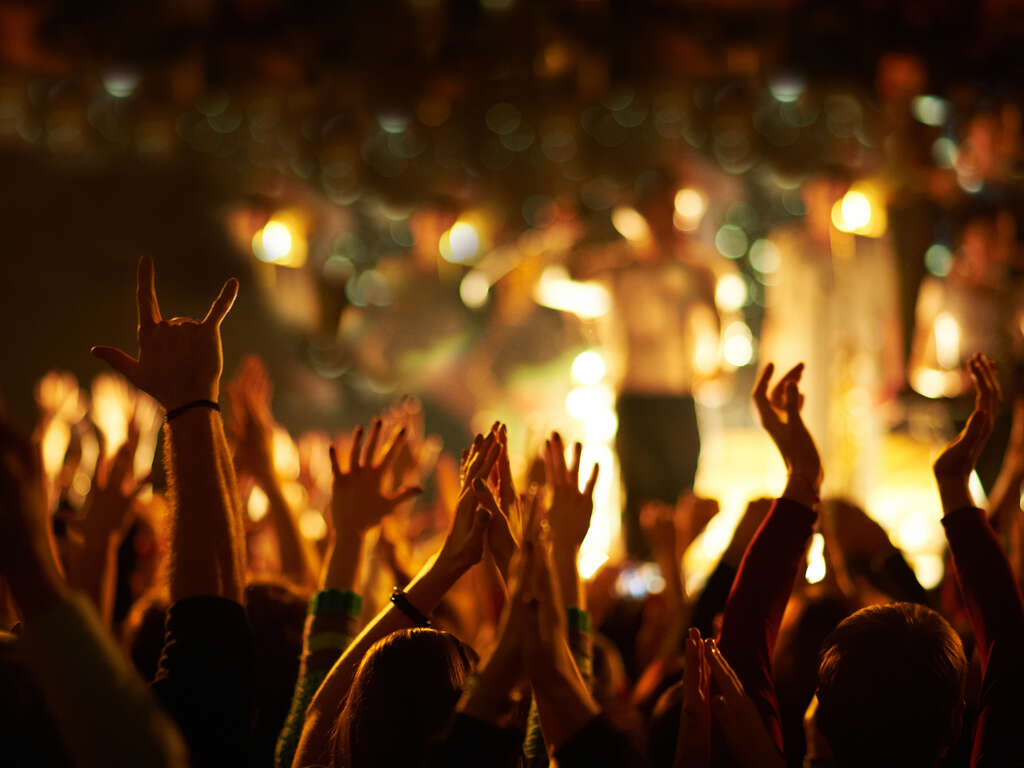
Due to the fact that many club drugs are created illegally in underground street labs, each batch released to the public contains different levels of toxicity that are difficult to determine.
Club drugs or “party drugs” can cause serious health problems, including long-term damage to serotonin-containing neurons in the brain, memory loss, and behavioral and cognitive consequences. In some cases, the use of these drugs can lead to death. Some club drugs are dangerous when drinking alcohol or using other drugs.
Are Club Drugs Illegal?
Yes, club drugs are not legal in the United States. Most club drugs are illegal and can cause serious injury, illness, even death.
Club Drugs in the Central Nervous System
Club drugs affect the central nervous system (CNS). The CNS is the part of our body that controls our muscles and senses. The CNS is made up of the brain, spinal cord, and nerves.
The effects of club drugs vary depending on what type they are, how much is taken, how long ago it was taken and the person’s weight and health.
Types of Club Drugs
Ecstasy (MDMA)
MDMA is similar to the stimulant amphetamine and the hallucinogen mescaline. The effects of this drug last from 3-6 hours. Users have reported feeling confused, depressed, sleep-deprived, anxious, and paranoid even weeks after the drug was taken. MDMA may also cause an increased heart rate and elevated blood pressure.
MDMA can lead to dehydration, hypertension, heart, and/or kidney failure. In high doses, decreased body temperature can cause muscle breakdown, kidney and cardiovascular failure, and possible death. MDMA use has resulted in heart attacks, strokes, seizures, and fatalities.
What is MDMA?
According to the National Institute on Drug Abuse:
MDMA is 3,4-methylenedioxy-methamphetamine (MDMA) is a synthetic drug that alters mood and perception (awareness of surrounding objects and conditions).
GHB Gamma Hydroxybutyrate Acid
GHB can be found in a clear liquid, white powder, or capsule form. Overdosing on GHB (also called a “date rape drug”) can occur easily due to the inconsistency in manufacturing in street labs and home “cooking kitchens.”
GHB directly attacks the central nervous system and sedates the body. GHB use may cause drowsiness, nausea, vomiting, headache, loss of consciousness, impaired breathing, coma, and possible death.
Withdrawal Symptoms from GHB
The withdrawal symptoms from GHB are insomnia, anxiety, tremors, sweating, increased heart rate and blood pressure, psychotic thoughts.
Special K (Ketamine)
In its injectable form, ketamine is an anesthetic that was developed for use in veterinary medicine. When in its liquid or powder form, ketamine is commonly used in combination with marijuana or tobacco products.
Ketamine use may cause amnesia, impaired motor functions, high blood pressure, depression, and fatal respiratory problems. At the minimum, Ketamine use can cause impaired attention, decreased concentration, and memory loss.
The Date Rape Drug (Rohypnol)
Rohypnol is a benzodiazepine (such as Valium, Halcion, or Xanax) which is about 10 times more potent than Valium. Rohypnol is flavorless and odorless.
Users of date rape drugs crush the pills and snort the powder, sprinkle it on marijuana and smoke it, dissolve it in a drink, or inject it. Because it is virtually undetectable in beverages, it has been used to commit sexual assault, giving it the reputation as “date rape drugs.”
The sedative and toxic effects can impair the user for up to six hours. Rohypnol use may cause profound amnesia and confusion. Adverse side effects from Rohypnol usage include decreased blood pressure, visual disturbances, confusion, amnesia, liver and kidney damage, and possible death.
Other Synthetic Drugs
Other synthetic drugs, such as cathinone and methcathinone, are manufactured to chemically resemble illicit drugs. Since these synthetic drugs have not been approved for human consumption or medical use, their long-term effects are unknown yet potentially severe.
Street names may include:
- Smiles, Molly, N-Bomb (251 N-BOMe)
- Bath Salts, Blizzard
- Georgia home boy
- Flakka (alpha-PVP)
- Krokodil (homemade opioid)
Signs and Symptoms of Club Drugs
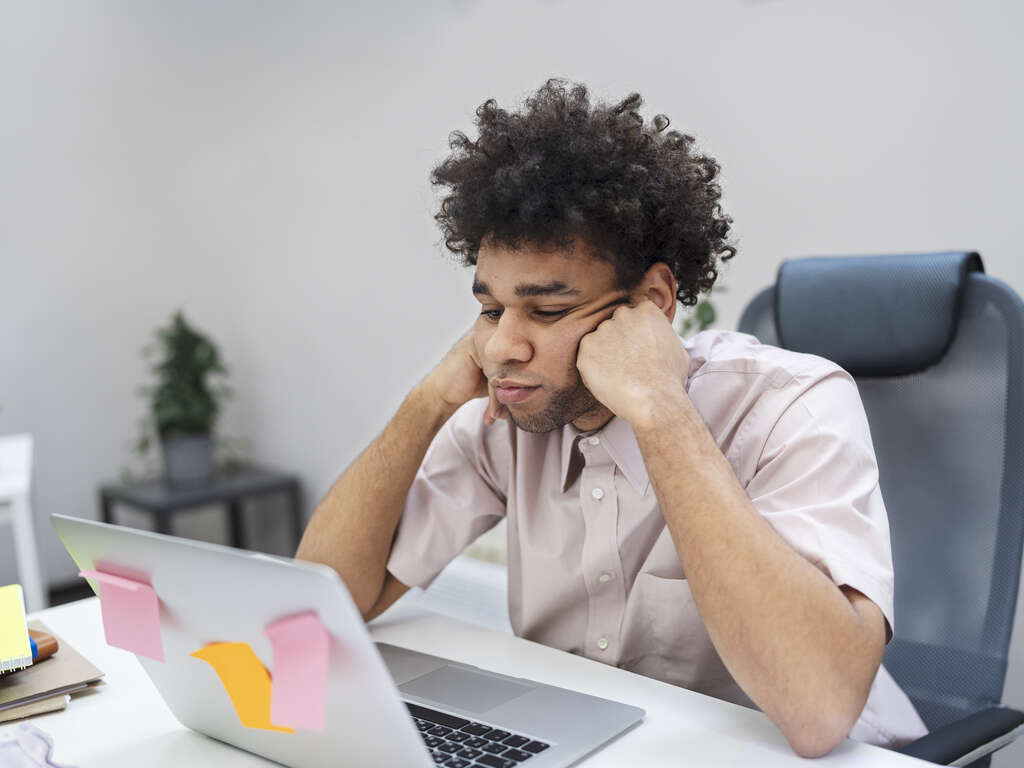
Because club drugs are commonly used in conjunction with alcohol and other drugs in a recreational setting, users may not show obvious signs of substance abuse during everyday interactions.
Health Problems
There are several health concerns that may occur with frequent club drug use, including:
- Higher-than-normal levels of anxiety and stress
- Mood swings
- High blood pressure
- Memory loss
- Increase in body temperature
- Difficulty with decision making
- Weight loss
- Dehydration and exhaustion
- Headache
Additionally, individuals who have used drugs like Rohypnol or GHB may have considerable “memory blackouts” where they are unable to remember what they did for hours at a time.
If you or a loved one are struggling with club drug use and are experiencing any of the symptoms above, please reach out to an addiction treatment professional.
Signs and Symptoms of Club Drug Withdrawal
When an individual takes a drug on a regular basis, they can develop a level of tolerance, where the brain requires higher doses of the drug to feel the initial effect. If left untreated, an individual can then progress from drug abuse into full-blown addiction, where they are willing to take severe emotional, mental, and physical risks to continue to consume club drugs.
When that individual chooses to stop their drug use, they typically undergo withdrawal, or the process of the body and brain returning to a “normal” level in the absence of drugs. Because club drugs make up many different types of drugs, there is no standard withdrawal experience for individuals seeking to recover. However, typical club drug withdrawal symptoms include:
- Irritability or anger
- Stress and anxiety
- Depression
- Exhaustion and lack of motivation
- Strong drug cravings
- Muscle pain
- Sweating
- Possible hallucinations
- Chills
- Headache
- Runny nose
Luckily, most reputable addiction treatment providers, including Turning Point of Tampa can assist their clients with the withdrawal process through medically-supervised detoxification.
Young Adults and the Health Risks of Club Drugs
The use of club drugs pose serious health risks. Many drugs sold in clubs are cut with unidentified substances, which can cause harm to the body and lead to not only drug abuse and addiction – but overdose. Health problems include respiratory depression, coma, and death.
Additionally, young adults who attend raves usually dance for up to six hours in hot venues. Because the stimulants increase heart rate and perspiration, they are at an increased risk of dehydration. This can lead to a life-threatening situation if not treated properly.
Club Drug Addiction and Drug Abuse
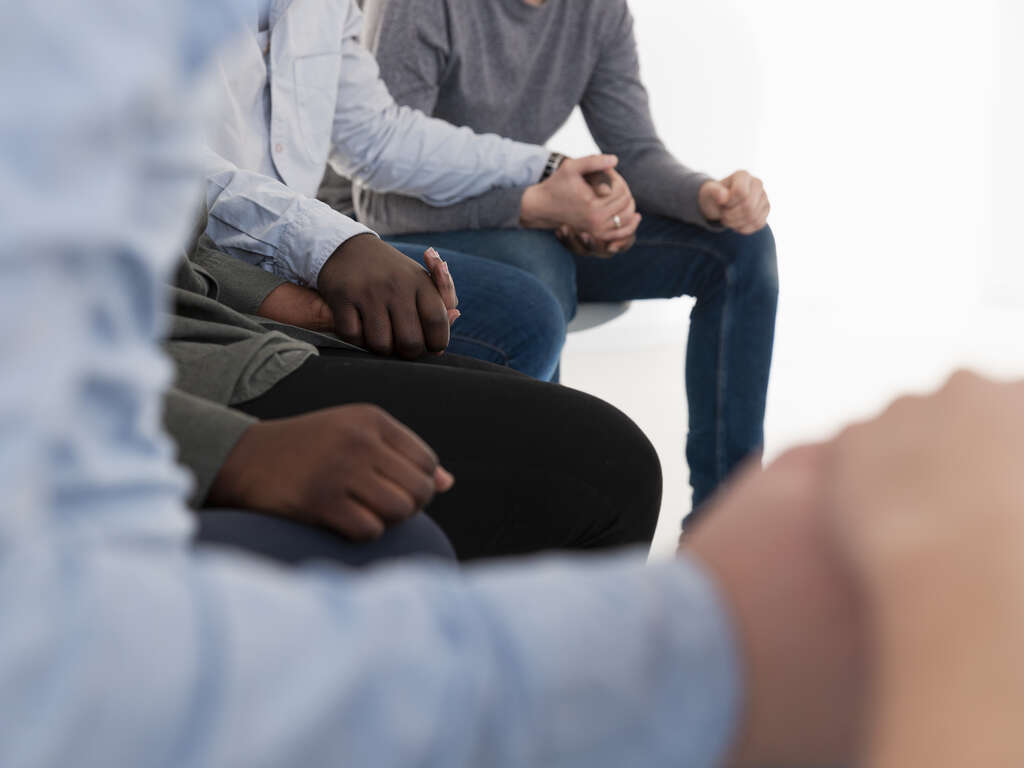
The drugs that are most commonly abused in clubs are cocaine, ecstasy, ketamine and GHB. These drugs can have a wide range of effects on the body, from intense feelings of euphoria to hallucinations. The effects of club drugs generally last for 4-8 hours.
Club drugs can result in a physical dependence and/or psychological addiction due to their short-term positive effects and their ability to generate a feeling of confidence in the user.
Next Steps & Treatment
Club drugs pose serious health threats and continue to be found in night clubs, bars, concerts, and parties. Due to the unpredictable composition of these drugs, the resulting consequences and symptoms will always be unpredictable and dangerous. Club drugs lead to many long-term health issues, and in some cases, can lead to death.
If you or a loved one are concerned about the use of club drugs or other substances, please contact a treatment professional as soon as possible. Licensed professional treatment providers can provide vital resources to assist with managing withdrawal, selecting the appropriate program, and maintaining your recovery for the long term.
Turning Point of Tampa has helped individuals find recovery from addiction and substance use since 1987.
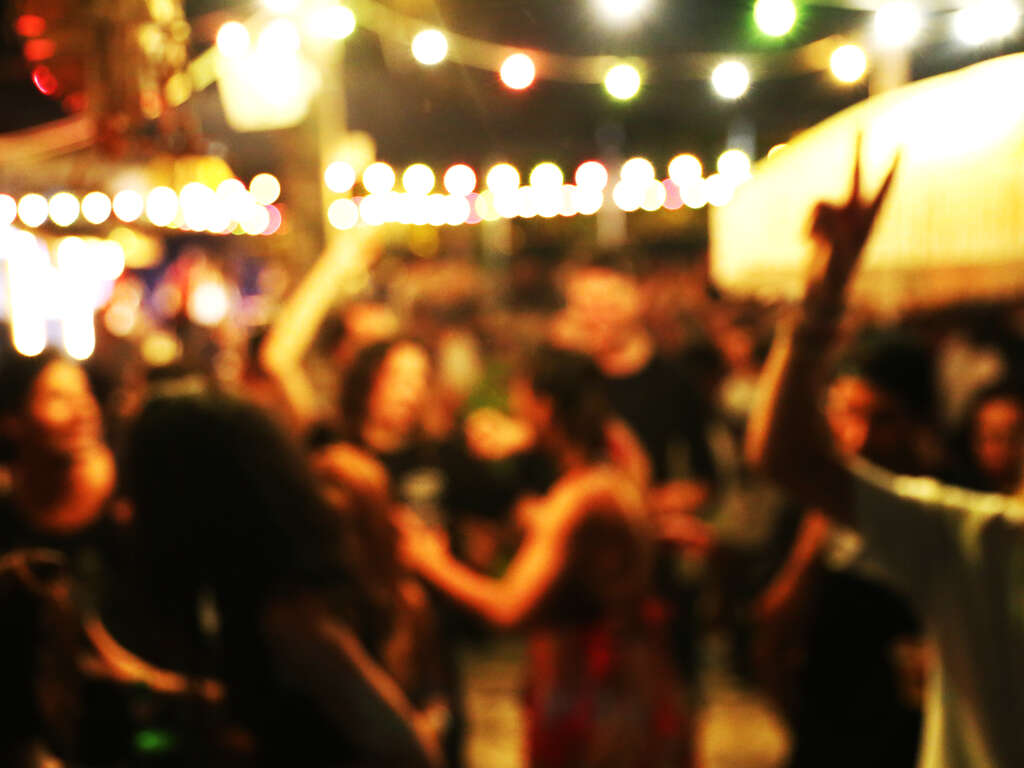
Sedatives/Depressants
Sedatives are drugs that affect the central nervous system and make a person feel relaxed and sleepy. They can be used for a number of reasons, such as to help someone sleep or to relieve anxiety.
Sedatives work by slowing down the brain’s activity in order to produce a calming effect on the body. They can also cause amnesia, which is when someone cannot remember what happened while they were under the drug’s influence.

Marijuana
The main active chemical in marijuana is THC (delta-9-tetrahydrocannabinol). When someone smokes or eats marijuana, THC quickly passes from the lungs or stomach to the brain and other organs throughout the body. The brain reacts by producing natural chemicals called cannabinoids. These interact with receptors on cells in different parts of the brain that affect how we think, feel, and react to things around us.
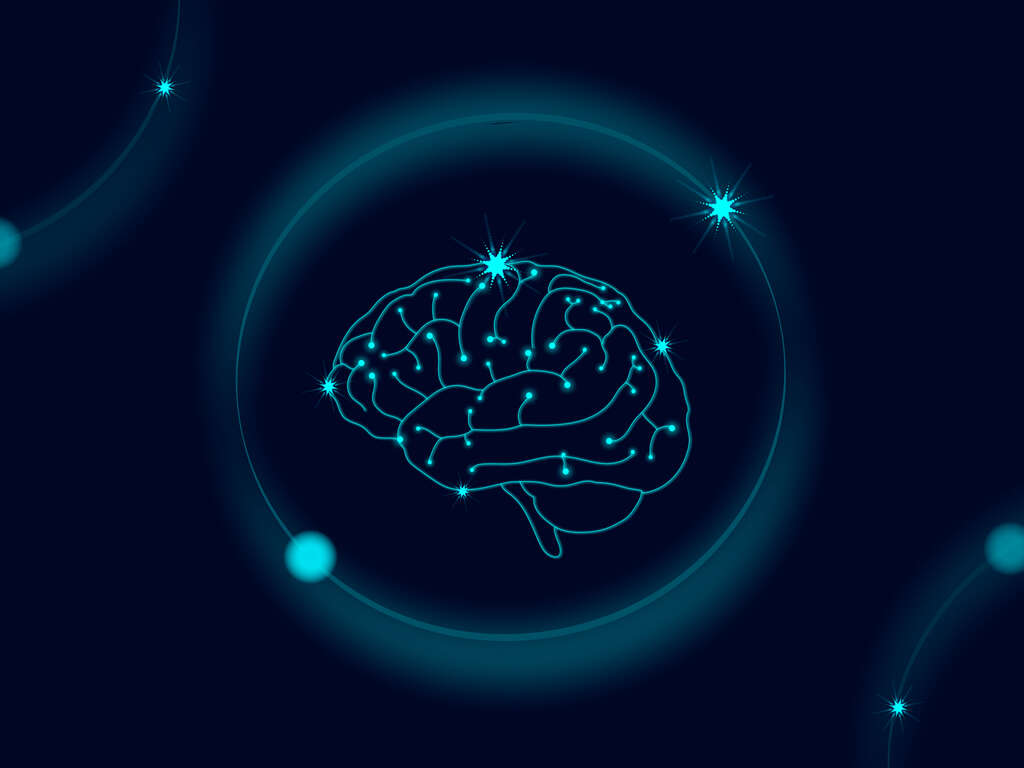
Inhalants
Inhalants are chemicals that can be inhaled to produce effects such as euphoria or hallucinations. The term inhalant includes substances which may be in gaseous, liquid, or solid form and are used for their psychoactive effects. Inhalants are also known as “volatile solvents” because they quickly evaporate into gases that easily diffuse into the atmosphere and produce psychoactive intoxication when inhaled by humans.
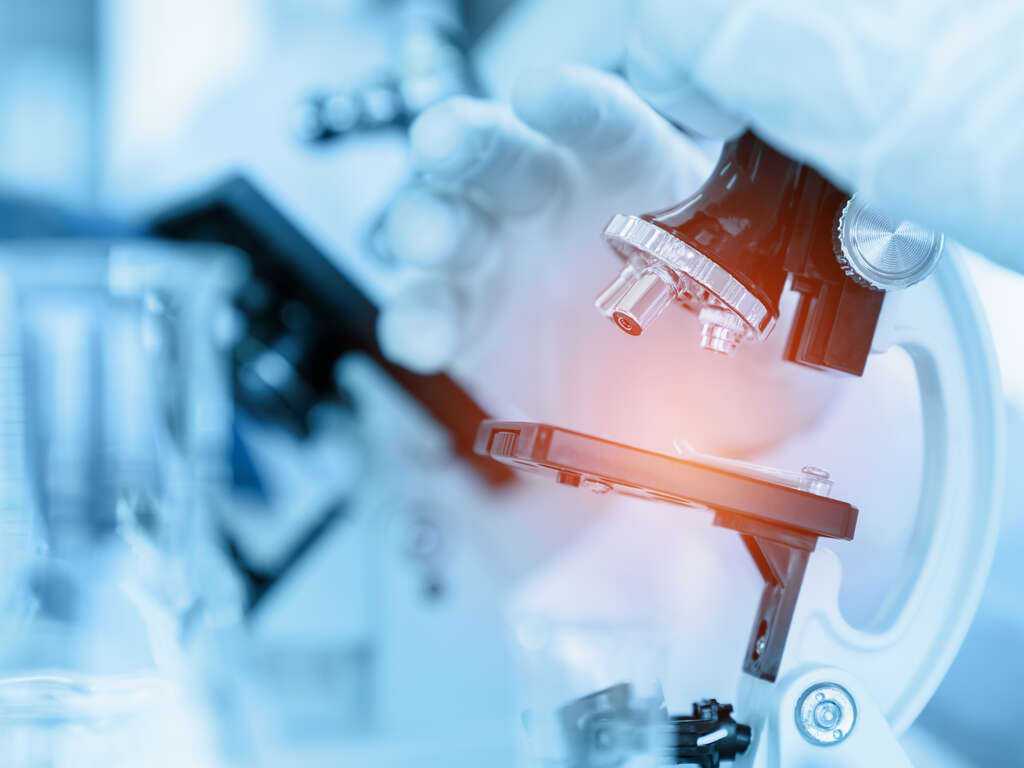
Hallucinogens
Hallucinogens are psychoactive substances that cause hallucinations. Hallucinogenic drugs alter the way we perceive reality, this can be done in a number of ways, for example by distorting the sensory information we take in with our eyes and ears. They can also distort how we think and feel.
Veterans Addiction Assistance
Treatment for Veterans & Active Duty Service Members

Preferred Provider of The Community Care Network
